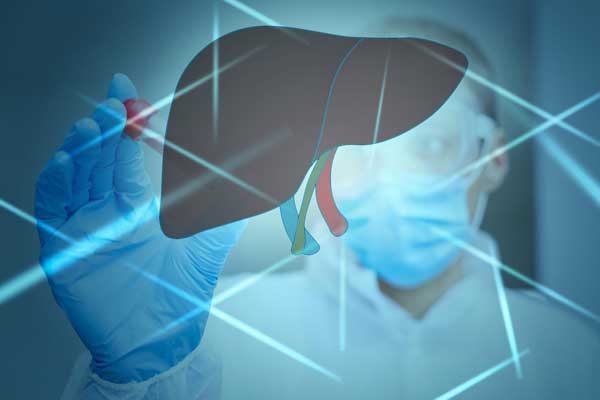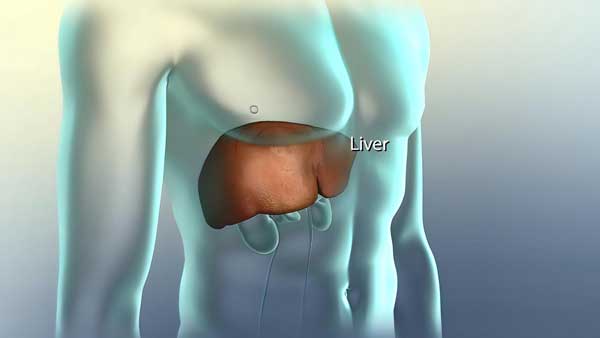Fatty liver disease, medically known as hepatic steatosis, is a concerning condition characterized by an excessive accumulation of fat within the liver. If left unattended, it can lead to liver inflammation, enlargement, and a cascade of health issues. In this article, we’ll delve into the eight signs that could indicate the presence of fatty liver disease, helping you recognize this silent threat.

Right Shoulder Pain
One of the primary indicators of a fatty liver is right shoulder pain. If you experience discomfort or tension in your right shoulder, neck, jaw, or beneath the shoulder blade, it might be linked to your liver. The liver plays a crucial role in producing bile, essential for digesting fats. When the liver becomes congested with fat, the bile thickens, causing swelling and inflammation. This can result in referred pain in the upper right back or neck.
Abdominal Fat
The presence of abdominal fat is a common sign of fatty liver disease. A protuberant, pot-belly like abdomen or an accumulation of fat around your midsection may indicate a fatty liver. This happens as fat accumulates within the liver and extends outward, leading to visceral and subcutaneous fat around your abdominal region, potentially raising blood pressure and heart attack risk.
Spider Veins
Liver damage can elevate estrogen levels in the body, leading to the development of small spider veins on the skin’s surface. These veins typically have a central red with reddish extensions radiating from it, and they’re a common indicator of liver damage.
Development of Male Breast Tissue
Men with fatty livers may experience the development of female breast tissue, often initially as a lump of fatty tissue beneath the nipple, accompanied by tenderness upon touch. Elevated estrogen levels, as a consequence of liver damage, can lead to this condition.

Swollen Right Foot
Noticing that your right foot and ankle are significantly more swollen than the left can be an indicator of liver damage. This swelling, known as pitting edema, occurs due to compromised blood circulation resulting from liver dysfunction.
Itching of the Hands or Feet
Fatty liver can lead to bile blockages and leakage, causing the accumulation of bile under the skin. This buildup of bile triggers histamine release in the blood, resulting in itching sensations on the soles of your feet or the palms of your hands.
Low Thyroid Function
Hypothyroidism, or an underactive thyroid, can result from liver damage. A fatty liver can impede the conversion of T4 into the active form T3, leading to sluggish thyroid function and metabolic issues.
Constant Fatigue
Persistent fatigue is a common outcome of fatty liver disease. When excessive fat accumulates in the liver, and insufficient bile is released, your body struggles to absorb essential fat-soluble nutrients, leaving you feeling perpetually fatigued, weak, and sluggish.
Conclusion
If you find yourself experiencing a cluster of these symptoms, it’s highly advisable to consult with a healthcare professional. An ultrasound examination can help detect the presence of fatty deposits within the liver. Fortunately, the liver has the remarkable ability to heal and regenerate itself.
To address fatty liver disease, consider implementing six lifestyle modifications:
- Eliminate inflammatory vegetable oils from your diet.
- Incorporate a high-quality digestive enzyme supplement.
- Reduce consumption of sugary and starchy foods.
- Support liver detoxification with milk thistle extract.
- Allow your liver time to dissolve existing fat through intermittent fasting.
- Start your day with a mixture of apple cider vinegar and raw lemon juice to stabilize blood sugar levels.
By recognizing the signs and taking proactive steps to address fatty liver disease, you can promote your liver’s natural recovery and healing process.
